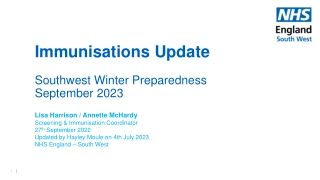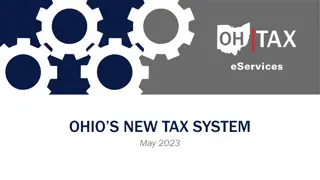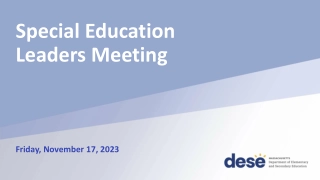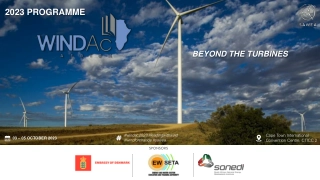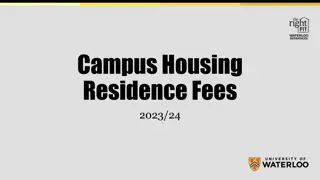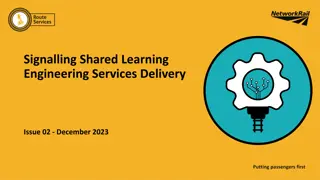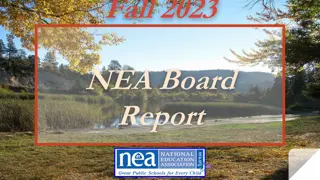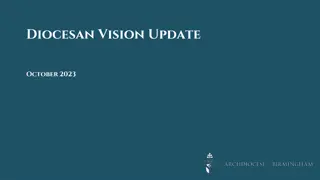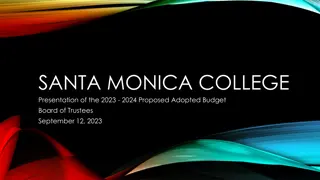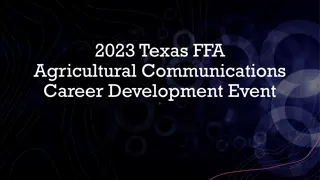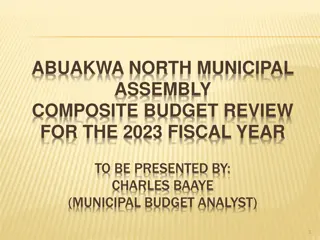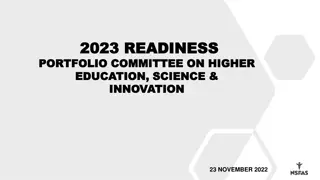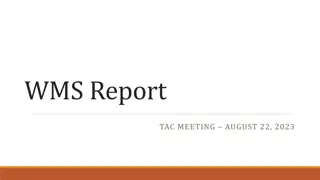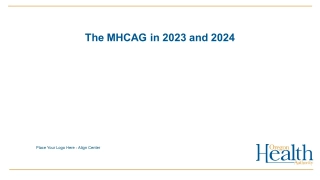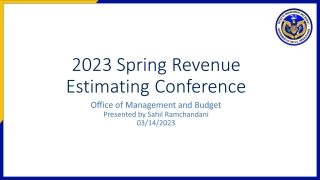2023 Southwest UT Disturbance
NERC and WECC Staff Report on the disturbance that occurred on April 10, 2023, in Southwest Utah. The report provides an overview, causes of reduction, findings, and key takeaways with recommendations.
Download Presentation
Please find below an Image/Link to download the presentation.
The content on the website is provided AS IS for your information and personal use only. It may not be sold, licensed, or shared on other websites without obtaining consent from the author. Download presentation by click this link. If you encounter any issues during the download, it is possible that the publisher has removed the file from their server.
Presentation Transcript
2023 Southwest UT Disturbance Southwestern Utah: April 10 , 2023 Joint NERC and WECC Staff Report Ryan D. Quint, PhD, PE Director, Engineering and Security Integration North American Electric Reliability Corporation September 2023 RELIABILITY | RESILIENCE | SECURITY
Overview of Disturbance April 10, 8:51 Pacific Time Single-line-to-ground fault on 345 kV transmission circuit in SW Utah Fault cleared in 3.5 cycles No generation tripped consequentially due to line outage Aggregate unexpected solar reduction of 921 MW Across 9 plants (some with multiple phases or units) 2 RELIABILITY | RESILIENCE | SECURITY
Overview of Disturbance 3 RELIABILITY | RESILIENCE | SECURITY
Causes of Reduction 4 RELIABILITY | RESILIENCE | SECURITY
Overview of Plants Mostly BES facilities Mostly (not all) older / legacy facilities 5 RELIABILITY | RESILIENCE | SECURITY
Other Findings All causes of reduction previously identified in past reports Unexpected field settings Facility 1: All but 2 inverters set with FRT disabled; all abnormally tripped on ac overcurrent; remaining 2 inverters had momentary cessation set Facility 2: Inverter protection reported by GO did not match documented settings by inverter OEM as left during commissioning; not owner- configurable settings, so neither GO nor OEM could explain which was correct Systemic performance issues persist GOs aware of past disturbance reports; no proactive action being taken to address performance deficiencies OEMs also aware of performance issues but fixes not being deployed Need for comprehensive ride-through standard Enhanced PacifiCorp modeling requirements 6 RELIABILITY | RESILIENCE | SECURITY
Key Takeaways and Recommendations Similarities and differences with Odessa disturbances Findings applicable to all Regions across North America Accurate modeling and studies is critically important, and appears to be poor presently Establishing detailed interconnection requirements is absolutely essential, should be taken very seriously across North America Lack of industry action reinforcing need for NERC Standards efforts NERC Project 2023-02 to ensure proactive risk mitigation NERC Project 2020-02 to ensure comprehensive ride-through performance standard Reiterated need for Level 2 NERC Alert regarding inverter-based resource performance issues 7 RELIABILITY | RESILIENCE | SECURITY
Recent and Upcoming IBR Risk Mitigation Activities Posting of IBR Webinar Series Slides, Recording, FAQ, and Highlights (~Sept 2023) EMT Boot Camps (~Aug-Sept 2023) Disturbance Report on 2022 Battery Energy Storage System Events in California (~Sept-Oct 2023) Report on Key Findings and Recommendations from Level 2 NERC Alert on IBR Performance Issues (~Oct-Nov 2023) Level 2 NERC Alert on IBR Modeling Issues (~Q4 2023 or Q1 2024, tentative) IRPS and EMTTF Work Plan Items (Q4 2023-Q1 2024) IBR Standards Gap Analysis Guidance on Interconnection Studies Guidance on Commissioning Practices Guidance on EMT Studies 8 RELIABILITY | RESILIENCE | SECURITY
Questions and Answers Ryan D. Quint, PhD, PE Director, Engineering and Security Integration ryan.quint@nerc.net 9 RELIABILITY | RESILIENCE | SECURITY






